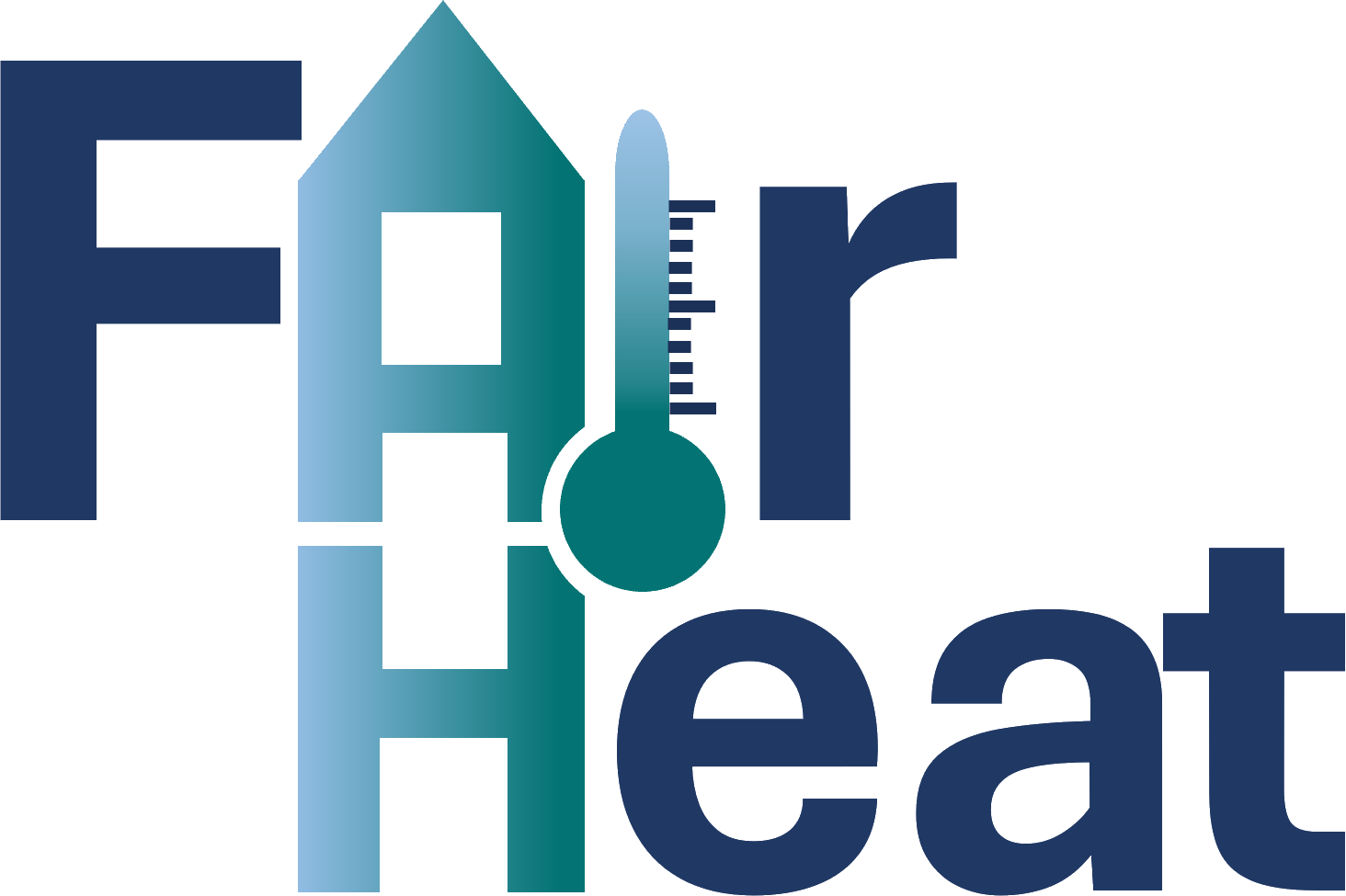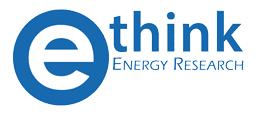The Fair-Heat project
Fair-Heat aims at contributing to the research on the distributional dimension of the energy transition. Specifically, we will focus on the following four research questions:
- By which combinations of measures can a decarbonisation of residential buildings be achieved until 2040, with explicit consideration of district heating and cooling (including simplified estimated heat island effects in urban areas) as well as the interaction with the electricity sector?
- What are the investment needs for the decarbonisation of residential buildings? How much investment is required in the buildings sector and how much in the energy supply infrastructure?
- To which extent are measures needed to support vulnerable households in the heat transition, mitigating the burden from high investment costs for building side measures and potentially higher costs for district heating?
- What are suitable mechanisms, considering economic efficiency and the fairness criteria, for distributing the costs of decarbonisation between different actors (i.e. the public sector, energy suppliers, and households)?
To answer these four research questions, we will conduct model-based simulations of options for a decarbonization of Austrian residential buildings until 2040, with explicit consideration of district heating and cooling and the interactions with the electricity sector. Additionally, we will also incorporate recent findings and data on climate impacts on the demand for heating and cooling in our analysis. For doing so, we will enhance and link the macroeconomic model DYNK, the building stock model Invert/EE-Lab and the energy system model IESopt. In addition to techno-economic modelling we put a strong emphasis on the social dimension of this heat transition. Complemented by a literature survey and a stakeholder dialogue, the model simulations and the in-depth assessment of social aspects will serve as basis for the development of policy recommendations for a fair heat transition in Austria.
Fair-Heat is structured in four content-related work packages (WPs) embraced by WP6 on stakeholder integration and dissemination and WP1 on project management.
WP1: Project Management
WP3: Model Preparation and Linking


